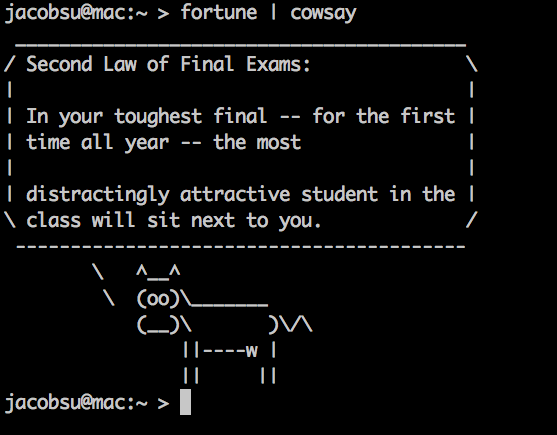Install JDEE in emac
Install JDEE in emacs Table of Contents 1 JDEE Introduction 2 Some Troubles Met during Instillation 3 I have a word to say 1 JDEE Introduction I want to configure my java develop an environment of my emacs. And It seems that JDEE is a recommended option. Some one even uses JDEE as full features of IDE for java, that's sounds exciting right. So I decide to use JDEE. According to emacs wiki's advise, I use the latest source code from svn repository, But I met some trouble in the installation. The following section will figure out the solution. 2 Some Troubles Met during Instillation compile JDEE # Download JDEE from svn first # use the source code in the main trunk svn co https://jdee.svn.sourceforge.net/svnroot/jdee jdee Then use ant to compile the source code, I met the error prompted by: ## Could not load definitions from resource net/sf/antcontrib/antlib.xml That's because of lack of ant-contrib package, So I install this
